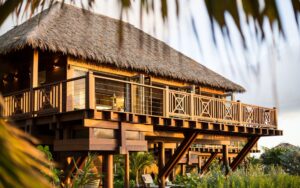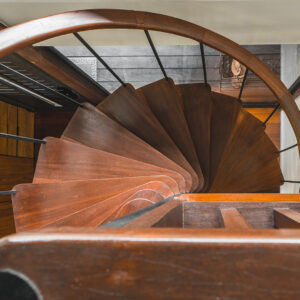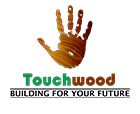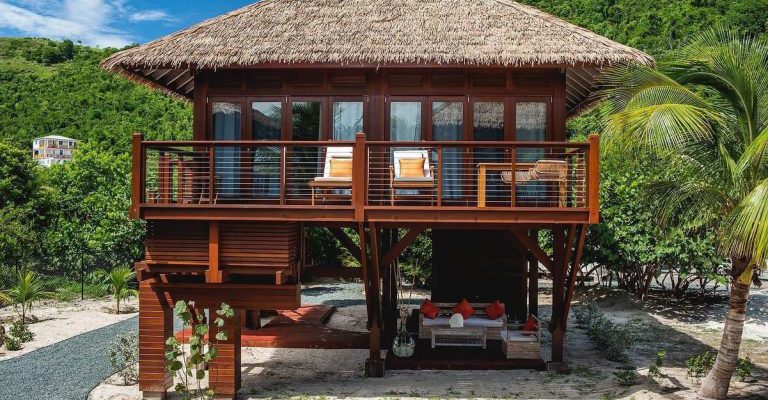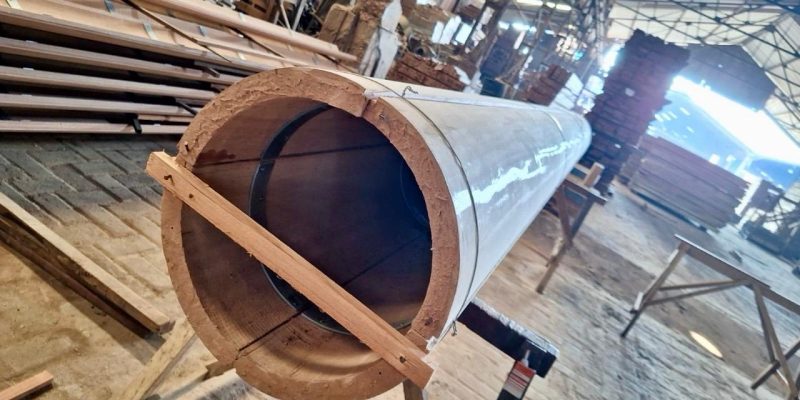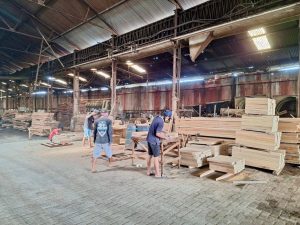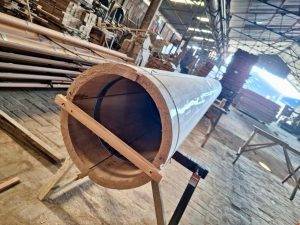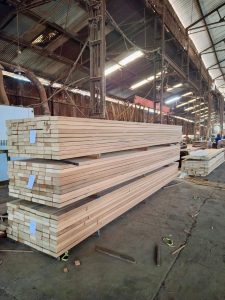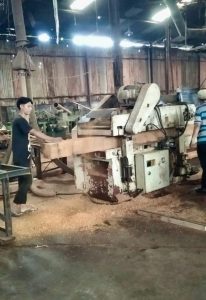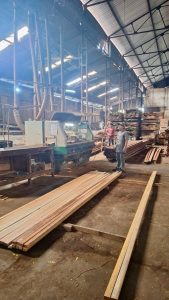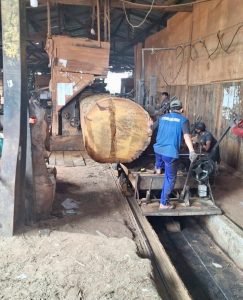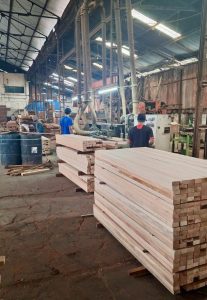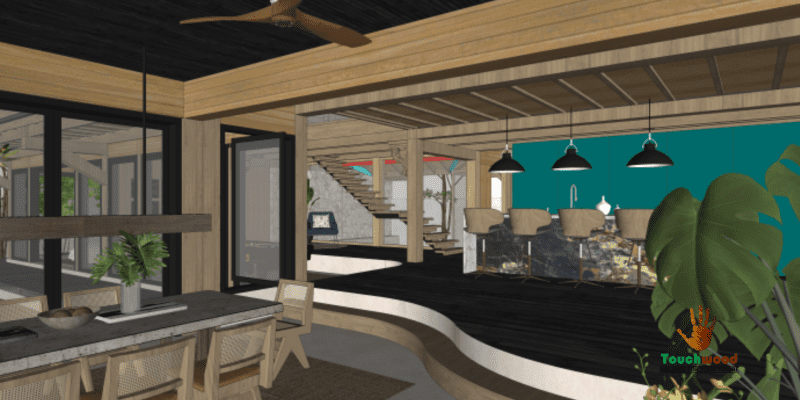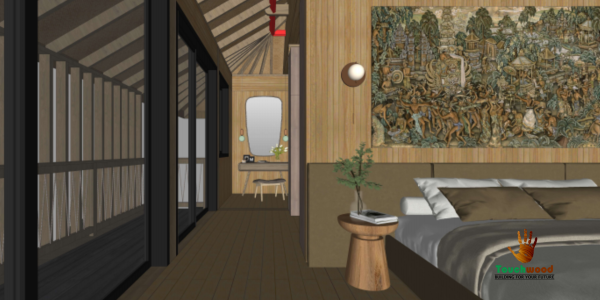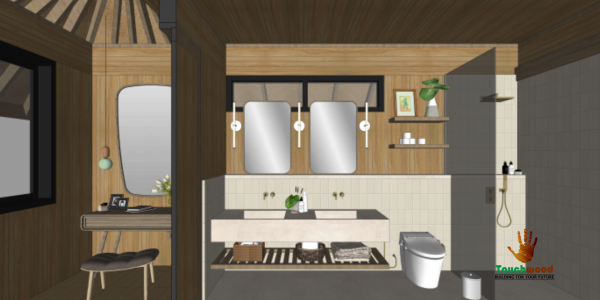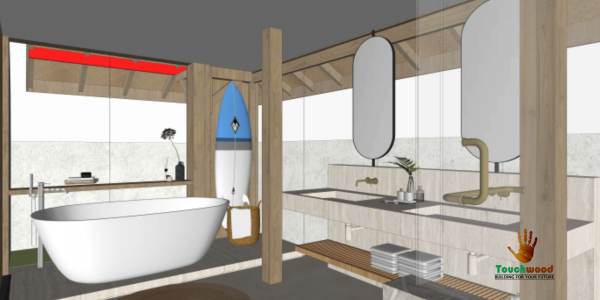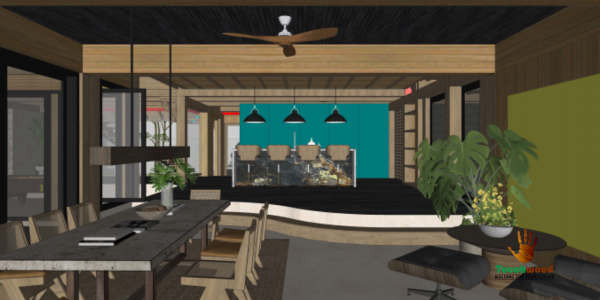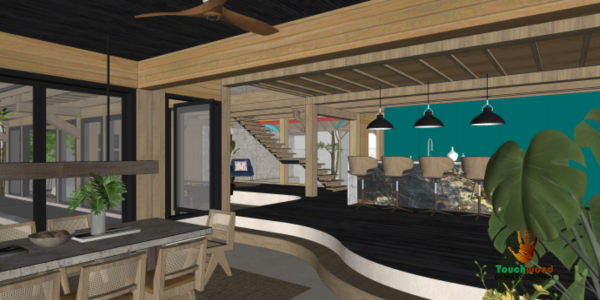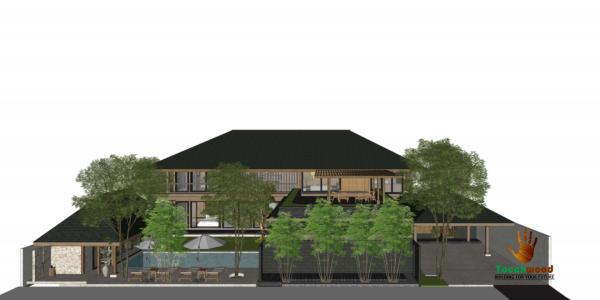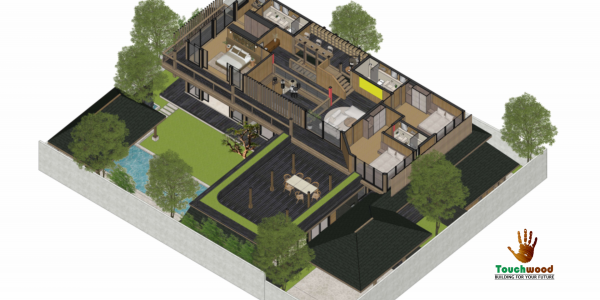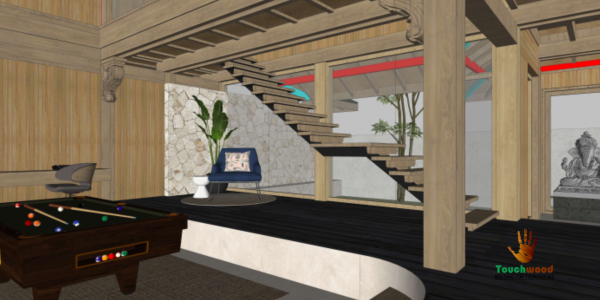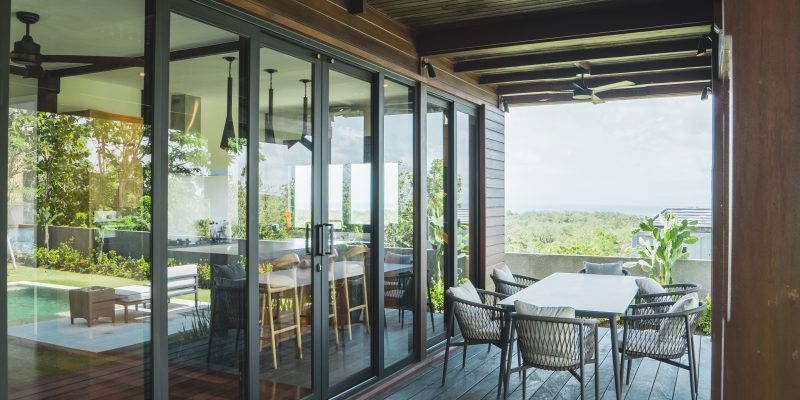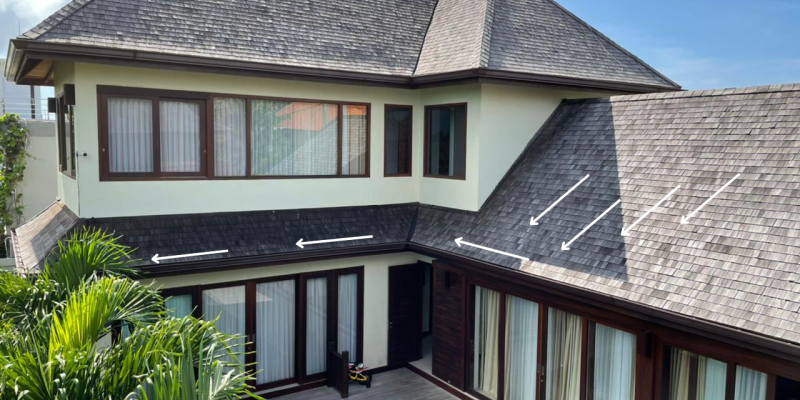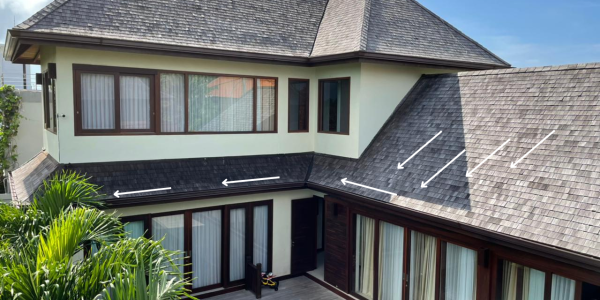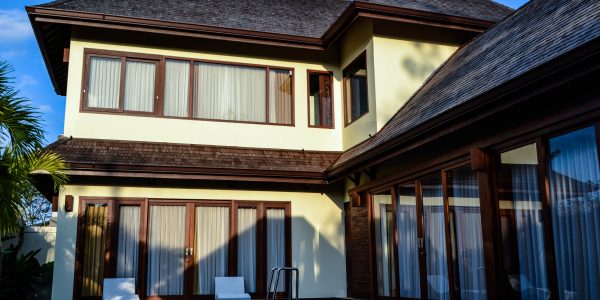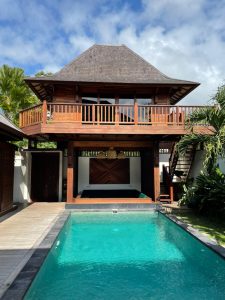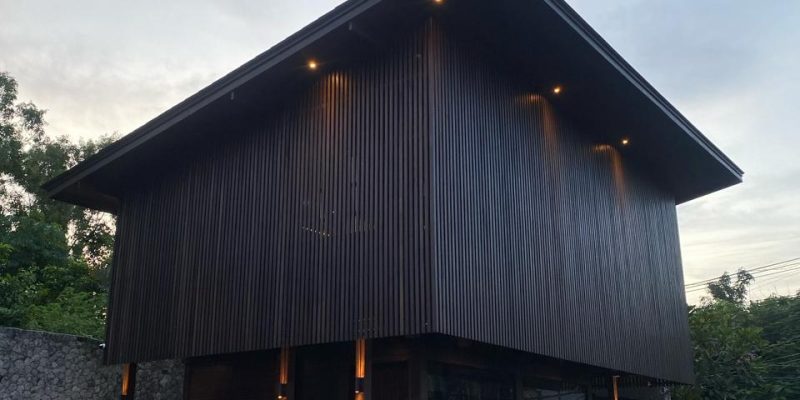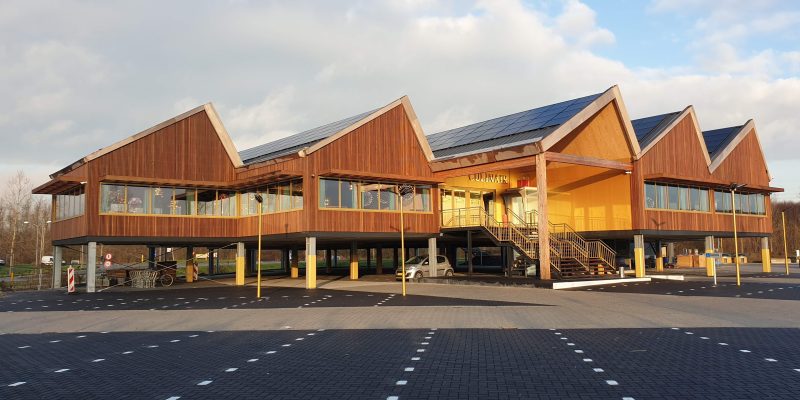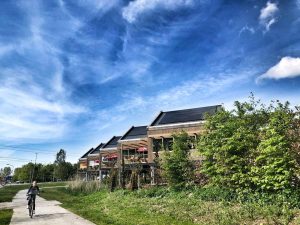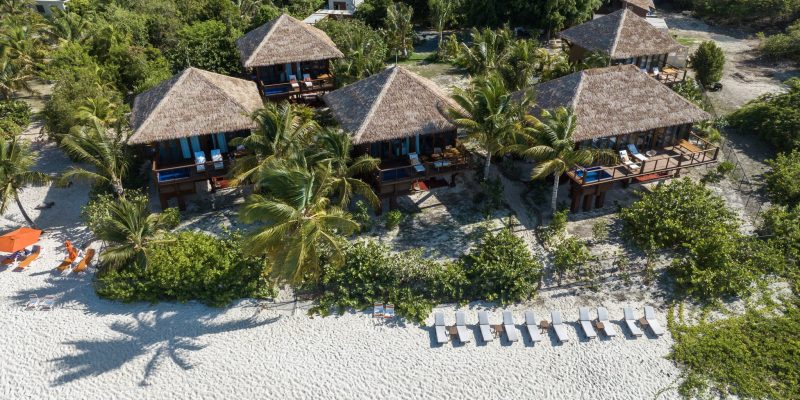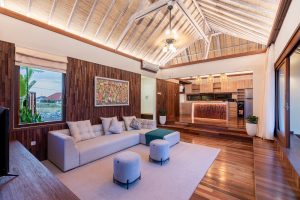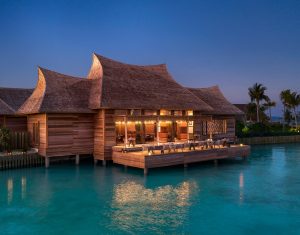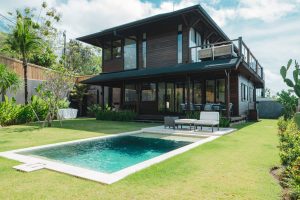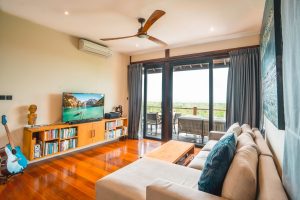In today’s property development landscape, timber building construction has emerged as a top choice for investors and developers looking for long-term value. Whether it’s a luxury villa, eco-resort, or private tropical retreat, timber delivers a unique blend of natural beauty, durability, and return on investment.
At Touchwood, we specialize in high-end timber construction — combining skilled craftsmanship with sustainable materials to create structures that last for generations, with minimal maintenance required.
Why Timber? The Long-Term Value of Timber Building Construction
1. Sustainable and Eco-Friendly
Timber is one of the most environmentally responsible materials available for modern building construction. Using certified hardwoods like Bangkirai and Merbau, we offer eco-conscious solutions that reduce carbon footprint without compromising on strength or beauty.
2. Low Maintenance, Long-Term Savings
Clients consistently look for buildings that require the least amount of maintenance. Our carefully treated hardwood structures are designed to minimize upkeep — saving owners both time and money over the life of the building. This makes timber a standout choice for low-maintenance investment properties.
3. Durable in Tropical Environments
Conventional building materials often struggle with humidity, pests, and salt exposure, especially in tropical climates. Properly selected and treated hardwood timber is naturally resilient to these elements, offering long-term performance with minimal wear in even the harshest coastal or jungle environments.
4. Strong Market Demand and ROI
Today’s luxury real estate buyers are seeking sustainable, nature-inspired properties. Timber buildings tend to perform exceptionally well in terms of rental income and resale value, especially in premium tourist destinations. Investors are increasingly drawn to the organic elegance and timeless charm of wood architecture.
5. Timeless Aesthetic Value
Timber offers a warmth and authenticity that concrete and steel simply can’t match. Its natural grain, color variations, and texture make it ideal for luxury design. Even as trends change, well-maintained timber construction remains visually appealing and emotionally engaging.
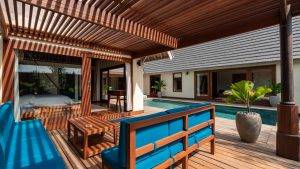
The Touchwood Approach to Timber Building Construction
At Touchwood, we don’t just build — we craft enduring spaces that harmonize with nature and elevate long-term value. Our approach includes:
-
Precision engineering and traditional joinery techniques
-
Weather-resistant finishes for tropical durability
-
Modular systems for flexible development and future scalability
-
Custom designs that blend seamlessly with the environment
From Indonesia to around the world, our projects showcase timber building construction that thrives in nature while delivering strong performance for investors.
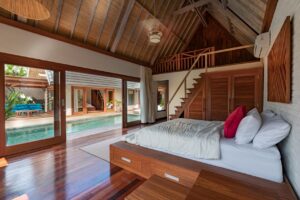
Build for the Future with Timber
Whether you’re planning a boutique resort, a family estate, or a hospitality development, investing in timber building construction is a decision that pays off, both financially and environmentally.
At Touchwood, we help our clients build more than just beautiful spaces — we help them build legacies.
Let’s build your vision.
Contact Touchwood today to learn more about our custom timber construction solutions for tropical destinations and long-term investments.

